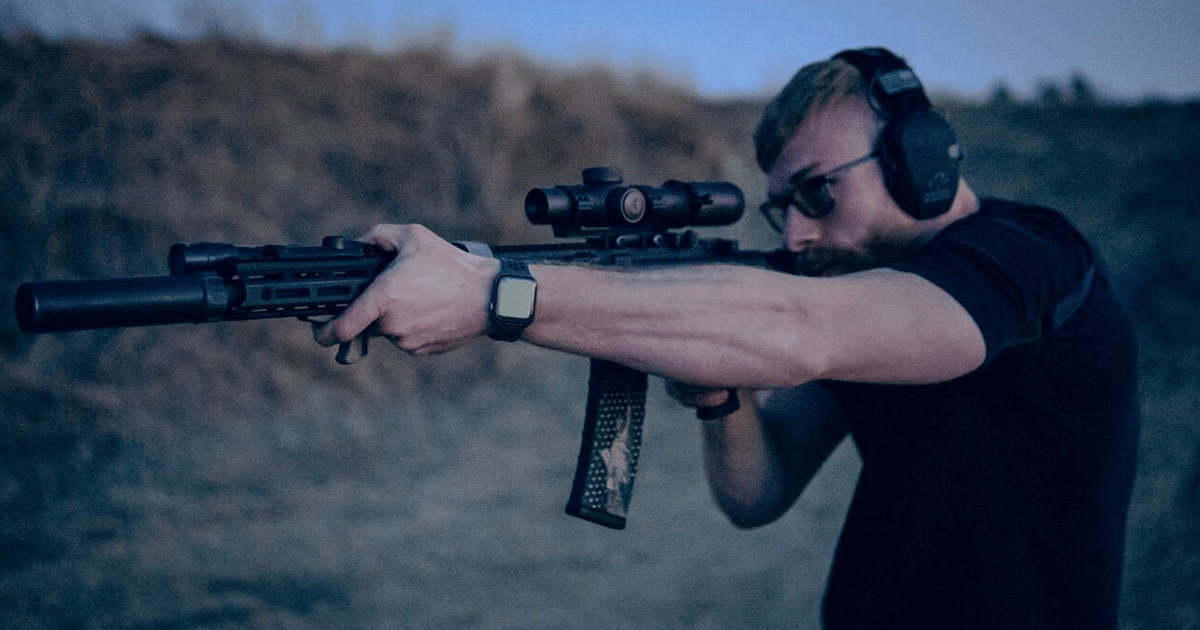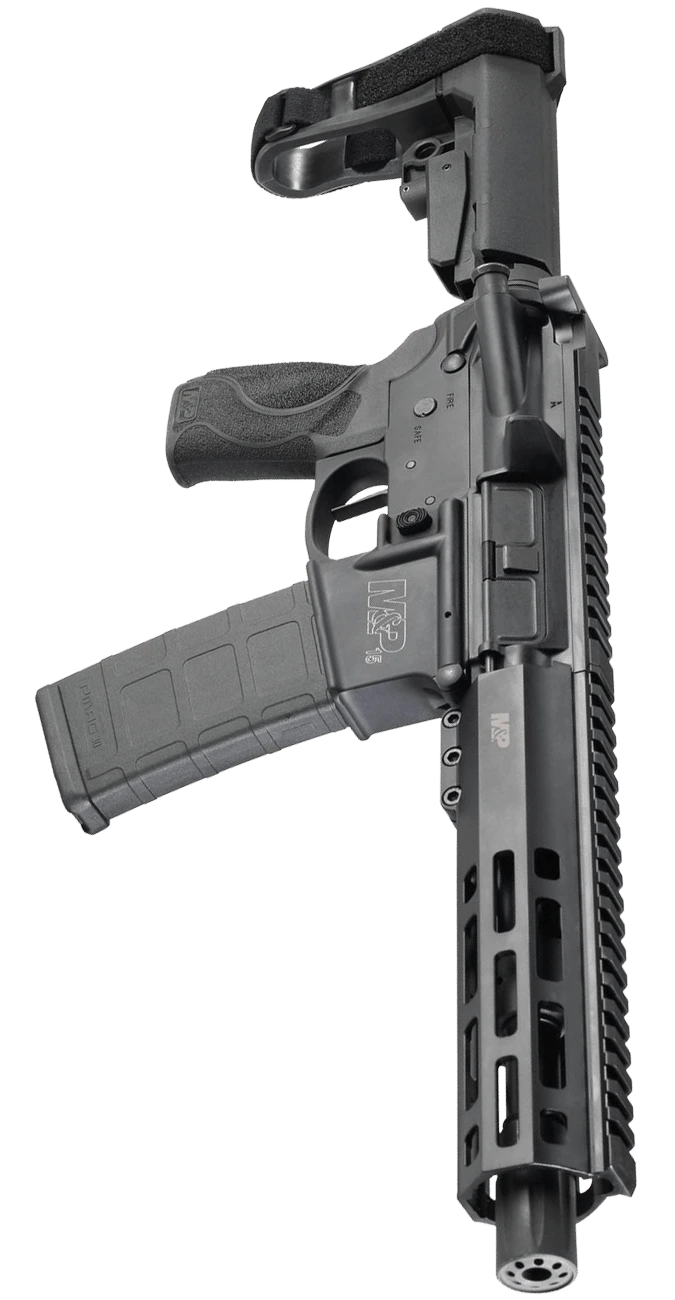Zeroing a Scope in 3 Easy Steps

How to Zero Your Optic or Scope
Whether you’re sport shooter, hunter, prepared citizen, or all three, your rifle is as useless as an ejection seat in a helicopter if you haven’t learned how to zero your scope or optic. In this post, we’ll teach you how to zero your scope or optics in 3 easy steps, as well as all the materials needed to do so.
What you’ll need:
- Paper targets with a standard .5” grid pattern printed on them, preferably large ones
- Your optic’s user manual
- A flathead screw driver (depending on your particular optic’s windage/elevation control)
- An allen wrench (whatever size is needed to tighten/loosen the screws that fasten your optic to your weapon’s rail)
- Ammo (preferably the same ammunition you plan on firing after you’re zeroed)
- A boresight
- A spotting scope
Step 1: Preparation
Now that you have the above materials and tools gathered, let’s go through a preliminary check:
Distance: Decide the distance at which you plan to zero your optics. This should be a distance from which you are both comfortable shooting and reasonable for your particular rifle’s effective range. At minimum, 25 yards is recommended for optics with minimal or no zoom function, such as standard reflex sights, red dot sights, and tactical scopes. Rifle scopes with higher magnification should be sighted at 50 or more yards. You want to decide what distance you will most likely be using it. Don’t worry, if you are wondering “what if my shot is outside of that zero range?”. It is completely possible to shoot outside of this designated zero if necessary by just lowering or raising the crosshair according to your ammunitions trajectory.
Each caliber will yield different trajectory characteristics that are necessary to know in assessing how much to raise or lower the reticule when firing at targets outside of your zero range, be they closer or further than that zero distance. For example, if you are zeroed at 50 yards and your bullet is still on its way up at 100 yards, you may need to lower your reticule a certain amount when aiming for targets at 100 yards. If it’s on its way down at 200 yards, then you may need to raise your reticule when firing at targets that are 200 yards away. Again, it all depends on what your particular bullets are doing at a given range.
Secured Optic: Make darn sure that your scope or reflex sight is securely fastened to your firearm’s rail. This is where the allen wrench comes into play. If your optics aren’t secure, the recoil from your shots can move the position of the optic itself and/or the reticule ever so slightly, negating any fine tuning you have done up to that point. Understand that even the slightest change in reticule or optic position will yield a depreciating effect on accuracy that only intensifies at longer distances.
Step 2: Hitting the Paper Target
Whether your optic of choice is a rifle scope or reflex sight, you need to obtain hits – any hits – on paper as a point of reference before you can begin fine tuning your zero. Simply put, you need visual confirmation of where your shots are hitting so that you can contrast these hits against what you see when you aim the reticule at the desired area of the target. Even simpler put, you can’t correct a problem until you identify what’s causing it.
When learning how to zero your optic or scope, you now need to take your first three shots at the paper. Be sure to aim your reticule as close as you can on the same spot every time. To clarify, shooting in groups ensures that shooter error has minimal effect on the zeroing process and that we can consistently hit a given target where we want to.
The practical test is that when three shots are fired while aiming at the same area of the target, they land relatively close together. Keep in mind that at this stage, it doesn’t matter so much whether or not these shots land where your reticule is aimed, but rather that they are hitting the same area of the target. For example, if your reticule is aimed at the bottom right of the target, and all three shots are grouped together at the bottom left, we can be sure in our consistency and be confident that shooter error won’t cause a problem when calculating the next adjustment.
Suffice it to say, if you hit the paper at all and you have tight groups, it’s time to move to the next step in the zeroing process.
If you AREN’T on the paper, then it’s time to employ a boresighter to get on it. Understand that boresighters don’t zero optics, but rather offer a starting point to get on paper so that the shooter may then zero in. Using a boresighter is simple. Attach it to your rifle, turn it on, and then line up your optic’s reticule to the point generated by the boresighter. From there, you should be able to get on the paper.
Step 3: Fine Tuning Your Optics to Zero
Assuming that you are firing from a consistent range and are hitting the paper, it’s time to fine tune your sights. All optics, regardless of make or model, come equipped with elevation and windage knobs, allowing precise control of the reticule’s x and y axis. The elevation knob is responsible for adjusting the vertical position of the reticule, and the windage knob is responsible for adjusting the horizontal position of the reticule.
These knobs are “stepped”, meaning that with each click sound heard and/or felt as a knob is turned, predictable bullet movement is ensured. Previously, we suggested that you use targets with a .5” grid pattern. This comes into play with the stepped knobs because with each step on a knob, a precise amount of bullet movement can be expected at a given range.
This is the point at which you should consult your optic’s user manual to determine how many clicks it takes to move your shots a given amount at a given distance. Once you know how many clicks equal 1 or ½ inches of bullet movement for your particular optics at a given range, you can easily calculate how many clicks it will take to move your shots “2 inches to the left and 6 inches up”- or whatever is needed – using the .5” grid background as your reference for calculation. Depending on your distance to target and your eyesight, a spotting scope may be needed to see the grid pattern well enough to make your calculations. At 50 yards or more, you will most definitely need one to make these judgments accurately.
For example, if a single click yields .5” of bullet movement at a range of 50 yards, then moving shot placement 2” down and 4” to the right will take 4 clicks down and 8 clicks to the right.
Don’t forget to fire your shots in groups of 3 each time in order to ensure consistency and accuracy in your adjustments.


